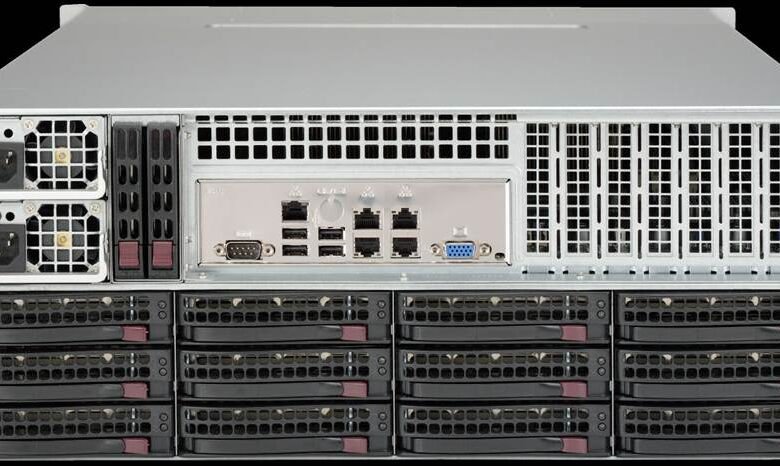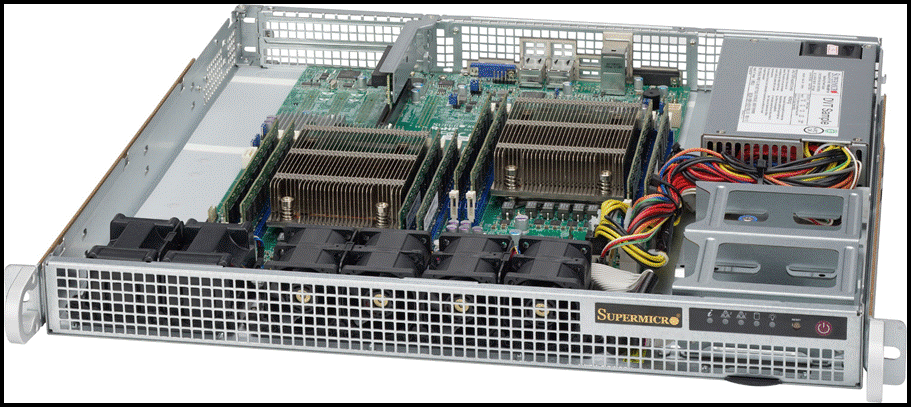Beginner’s Guide to Supermicro Servers and Key Benefits

When it comes to setting up the right IT infrastructure for your business or home lab, the options can feel overwhelming. Whether you’re just starting out or you’re looking to upgrade your existing system, understanding server technology is the first step toward making smart choices. That’s where this guide comes in.
Servers are the backbone of any serious computing environment. They run websites, host apps, manage databases, and even power virtual machines. If you’ve heard of Supermicro Servers but aren’t quite sure what they are or why they might be worth considering, this guide will break it all down in a simple and helpful way.
What Are Servers and Why Do You Need One?
Before diving into a specific brand, it’s helpful to understand what a server actually is. Think of a server as a supercharged computer. While a regular computer is designed for personal use, a server is made to manage, store, and process data for multiple users at once. Servers are built to run 24/7, handle heavy loads, and maintain security and reliability.
So why would someone need a server? Here are a few common reasons:
- Running a website
- Hosting online applications or game servers
- Managing large amounts of data
- Virtualization and remote desktops
- File sharing across networks
If your goal involves any of these tasks, then investing in a server could be a smart move.
Why Choose Supermicro Servers
Now that you know what servers are used for, it’s time to look at one of the most trusted names in the industry. Supermicro Servers are known for their performance, customization options, and energy efficiency. They’re often chosen by businesses and IT professionals who want reliable hardware that can handle complex computing tasks.
What makes these servers stand out is the way they blend flexibility with high performance. Unlike some big-name brands that only offer a few models with fixed configurations, Supermicro gives users more control. You can choose from a wide range of motherboards, CPUs, memory options, and storage layouts to suit your needs.
Even better, Supermicro focuses on using energy-efficient components that reduce power usage without sacrificing performance. This can lead to lower electricity costs over time—something both small businesses and large data centers can appreciate.
Benefits That Beginners Will Appreciate
For someone just getting into the world of servers, Supermicro’s offerings might feel advanced, but they’re also very user-friendly once you get started. Here are some reasons why beginners find them appealing:
1. Modular Design
Supermicro’s modular system allows you to pick and choose the parts you want. That means you’re not locked into buying a full setup that may include components you don’t need. This flexibility helps save money and lets you grow your server system as your needs expand.
2. Excellent Documentation and Community Support
Supermicro has a strong community of IT experts and home lab enthusiasts. You’ll find plenty of forums, YouTube videos, and articles that walk you through installation, troubleshooting, and best practices.
3. Durability and Reliability
These servers are built with quality materials. They are designed to stay operational 24/7 under stress, making them ideal for demanding applications like virtualization or managing network traffic.
4. Quiet Operation Options
Some Supermicro models are designed to run quietly, which is a huge plus if you’re planning to install a server in your home office or small workspace.
5. Upgrade-Friendly
You won’t need to throw your server out if you need more power later on. Supermicro Servers are designed to be upgradeable. You can add more RAM, storage, or even upgrade the processor without replacing the whole system.

Exploring Supermicro Systems
As you move deeper into the world of server technology, you’ll come across different types of Supermicro Servers Systems. These are purpose-built machines designed for specific tasks such as data storage, GPU-intensive computing, and virtualization.
Let’s go over a few popular system types to help you understand what each one is good for:
Tower Servers
These resemble regular desktop computers and are great for small businesses or home labs. They don’t take up much space and are easy to manage.
Rackmount Servers
Rackmounts are compact servers designed to be stacked in a rack cabinet. These are ideal for businesses or anyone who needs multiple servers in one location.
GPU Servers
These systems are equipped with powerful graphics processing units. They’re great for video rendering, machine learning, or cryptocurrency mining.
Storage Servers
If you need to manage large files, backups, or media libraries, storage servers are a fantastic choice. They support multiple hard drives and are optimized for fast data transfer.
Each of these systems is built with high-quality components and tested for performance and reliability. What’s more, Supermicro gives you plenty of configuration options, allowing you to tailor your setup for whatever tasks you’re focused on.
What Should You Consider Before Buying?
As a beginner, it’s important to plan ahead. Here are some basic things to think about before choosing your Supermicro system:
1. Purpose
Are you hosting a website? Running virtual machines? Storing massive files? Your answer will determine how much processing power, memory, and storage you need.
2. Space
If you’re working out of a small room, you may want to go with a tower server or a short-depth rackmount model. These save space and are quieter.
3. Budget
Supermicro is known for offering competitive prices, but your total cost will depend on your configuration. It helps to plan your budget and consider whether you want room for upgrades down the line.
4. Cooling and Power
Servers generate heat. Make sure your environment has proper ventilation or air conditioning. Also, consider an uninterrupted power supply to protect your server from power outages.
Common Use Cases for Beginners
Not sure if a server is really something you need? Here are a few beginner-friendly ideas for what you can do with one:
- Create a Home Media Server using software like Plex or Jellyfin
- Set Up a Cloud Backup System for your photos, documents, and videos
- Experiment with Virtual Machines using Proxmox or VMware
- Host a Personal Website or Blog
- Run a Minecraft or Game Server for friends and family
With a Supermicro server, these ideas are not only possible but also easy to scale up as your skills grow.
Tips for Setting Up Your First Server
Setting up your first server might sound intimidating, but it doesn’t have to be. Follow these beginner tips:
- Start simple with one use case like media storage or file backup
- Use open-source software to keep costs low
- Label your cables and keep your setup organized
- Backup your data regularly
- Keep your firmware and software up to date
If you ever feel stuck, don’t worry. The Supermicro community is full of people who’ve been exactly where you are and are happy to help.

Final Thoughts
Getting started with servers doesn’t have to be complicated. With the right approach and a bit of learning, anyone can set up and maintain their own system. Supermicro stands out as a top choice for beginners and advanced users alike thanks to its blend of flexibility, performance, and affordability.
And when you’re looking for trusted support, guides, or even spare parts, Cloud Ninjas is a great brand to check out. They’re known for helping users get the most out of their server systems with helpful videos, product recommendations, and expert advice.
So go ahead and take that first step into the world of servers. With the right tools and support, you’ll be up and running in no time.




